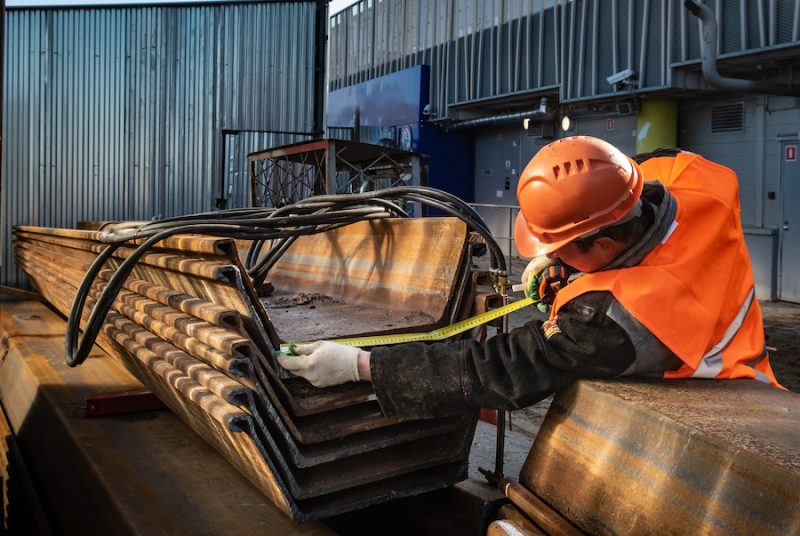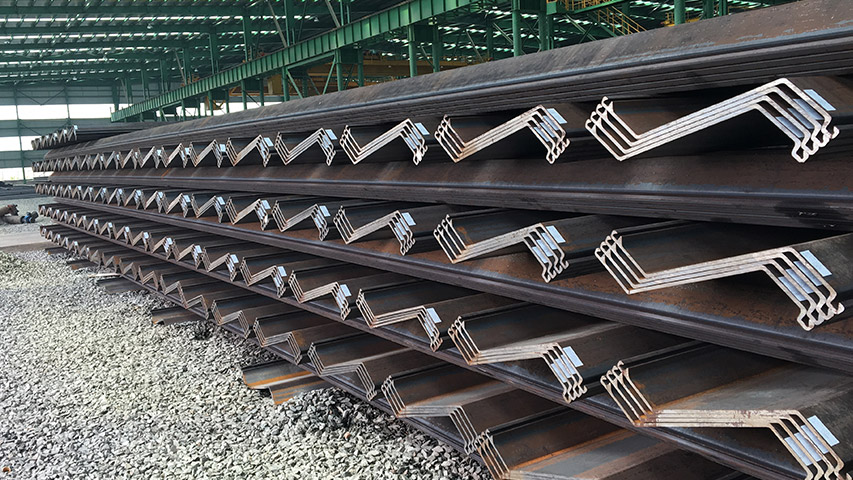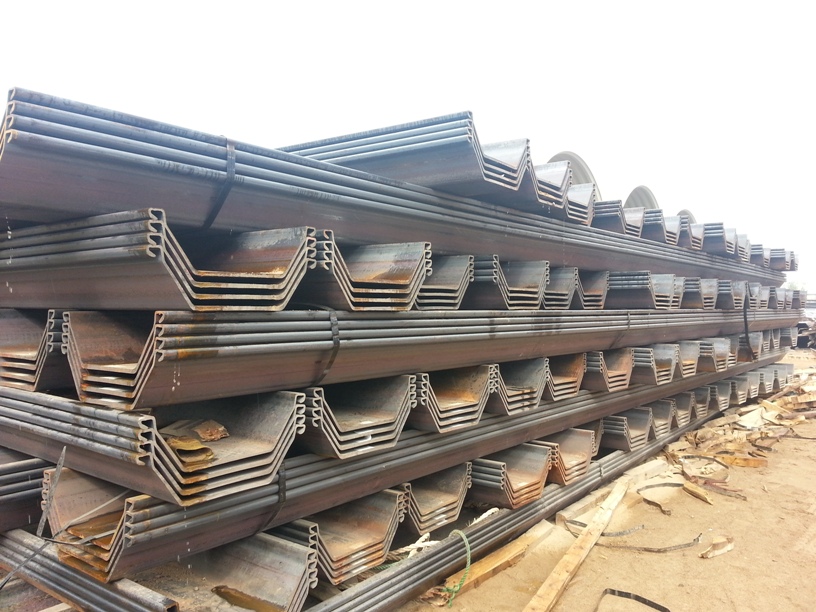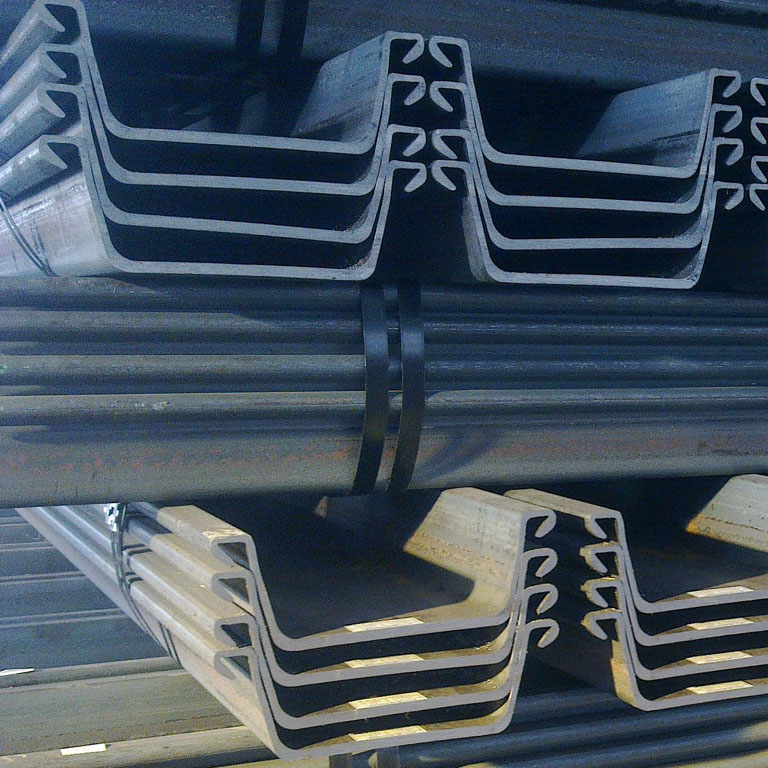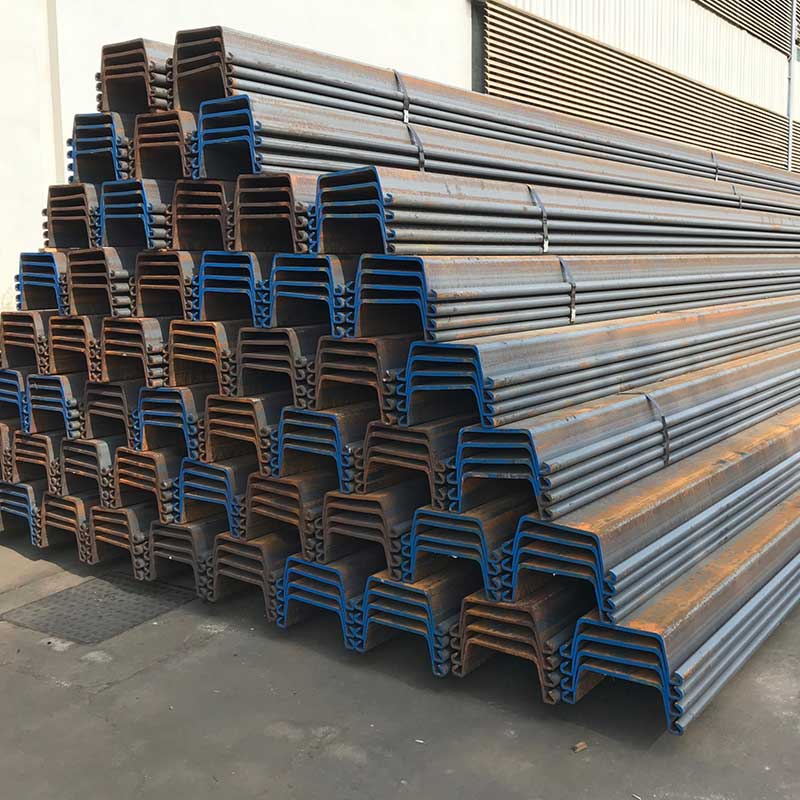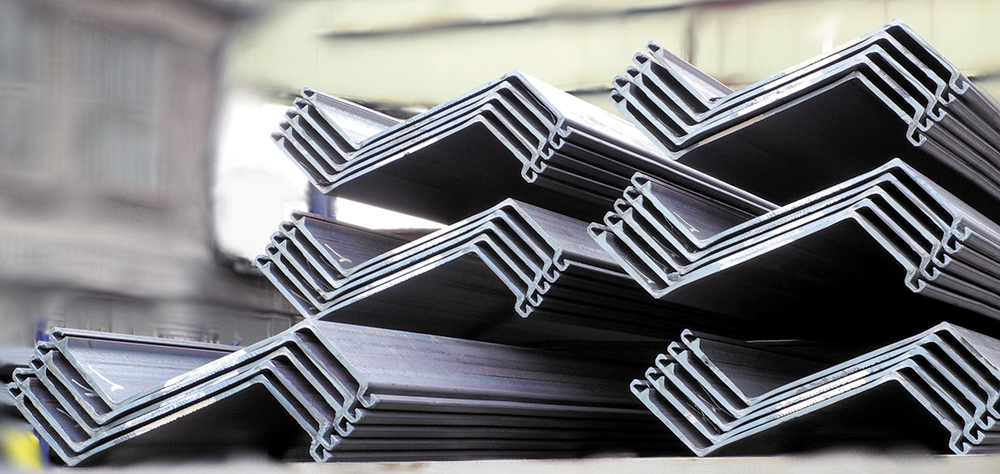ERW Pipe Piles
Introduction
ERW (Electric Resistance Welded) pipe piles are a type of steel pipe used in various applications, including water well drilling, construction of fences, sign posts, and large equipment systems within engineering facilities. These pipes are known for their high quality, corrosion resistance, and toughness due to their chemical composition and manufacturing process.
Overview of ERW Steel Pipe Piles
Definition
ERW Steel Pipe Piles are manufactured through a process that involves forming a flat steel strip into a cylindrical shape and then welding the edges together using electric resistance. This method produces a strong and durable pipe suitable for various industrial applications.
Specifications
- Material: Low-carbon, fine-grain steel.
- Manufacturing Method: Electric resistance welding.
- Diameter: Available in various sizes to suit different applications.
- Thickness: Varies based on the application requirements.
- Length: Can be customized according to project needs.
- Surface Finish: Typically available in bare, black, or galvanized finishes.
Properties
- Corrosion Resistance: High resistance to corrosion due to the chemical composition and manufacturing process.
- Toughness: High level of toughness, making it suitable for demanding applications.
- Strength: Strong and durable, capable of withstanding significant stress and pressure.
Applications
- Water Well Drilling: Used as casing and tubing in water wells due to its corrosion resistance and strength.
- Construction of Fences: Utilized in fencing projects for its durability and ease of installation.
- Sign Posts: Commonly used for sign posts of various sizes due to its toughness and ability to withstand environmental conditions.
- Engineering Facilities: Integrated into large equipment systems where high-quality, reliable piping is required.
Manufacturing Process
Steps Involved
- Preparation: Selection of high-quality, low-carbon steel strips.
- Forming: The steel strip is formed into a cylindrical shape.
- Welding: The edges of the formed cylinder are welded together using electric resistance welding.
- Sizing: The pipe is then sized to the required dimensions.
- Cutting: The pipe is cut to the desired length.
- Inspection: The finished pipe undergoes rigorous inspection to ensure quality and compliance with specifications.
Quality Control
- Non-Destructive Testing (NDT): Methods such as ultrasonic testing and radiographic testing are used to detect any flaws or defects.
- Dimensional Verification: Ensures the pipe meets the required dimensions and tolerances.
- Material Testing: Includes chemical analysis and mechanical testing to verify the material properties.
Advantages
- Cost-Effective: Generally more affordable compared to seamless pipes.
- High Production Rate: The manufacturing process allows for high production rates, making it suitable for large-scale projects.
- Consistency: Provides consistent wall thickness and structural integrity.
Example Specifications
A typical ERW steel pipe pile might have the following specifications:
- Diameter: 8 inches
- Thickness: 0.25 inches
- Length: 40 feet
- Material Grade: API 5L Grade B
- Surface Finish: Galvanized
Comparison with Other Pipe Types
| Feature | ERW Pipe Piles | Seamless Pipe Piles | LSAW Pipe Piles |
|---|---|---|---|
| Manufacturing Method | Electric Resistance Welding | Extrusion without welding | Longitudinal Submerged Arc Welding |
| Cost | More affordable | More expensive | Moderate |
| Production Rate | High | Low | Moderate |
| Wall Thickness | Consistent | May vary | Consistent |
| Application | Water wells, fences, sign posts, engineering facilities | High pressure, high temperature applications | Large diameter pipelines, structural applications |
Below is a detailed table showing various sizes of ERW (Electric Resistance Welded) pipe, including their diameters, wall thicknesses, and mass per unit length in both lb/ft and kg/m.
ERW Pipe Sizes and Mass Per Unit Length
| Outer Diameter (in/mm) | Wall Thickness (in/mm) | Mass per Unit Length (lb/ft) | Mass per Unit Length (kg/m) |
|---|---|---|---|
| 4.5 / 114.3 | 0.188 / 4.78 | 10.79 | 16.07 |
| 4.5 / 114.3 | 0.237 / 6.02 | 13.48 | 20.06 |
| 6.625 / 168.3 | 0.188 / 4.78 | 16.03 | 23.87 |
| 6.625 / 168.3 | 0.280 / 7.11 | 23.94 | 35.65 |
| 8.625 / 219.1 | 0.188 / 4.78 | 21.03 | 31.32 |
| 8.625 / 219.1 | 0.322 / 8.18 | 35.55 | 52.95 |
| 10.75 / 273.1 | 0.188 / 4.78 | 26.33 | 39.22 |
| 10.75 / 273.1 | 0.365 / 9.27 | 50.97 | 75.92 |
| 12.75 / 323.9 | 0.250 / 6.35 | 41.40 | 61.62 |
| 12.75 / 323.9 | 0.375 / 9.53 | 61.36 | 91.35 |
| 16.00 / 406.4 | 0.250 / 6.35 | 52.15 | 77.61 |
| 16.00 / 406.4 | 0.500 / 12.70 | 101.86 | 151.69 |
| 20.00 / 508.0 | 0.375 / 9.53 | 97.27 | 144.93 |
| 20.00 / 508.0 | 0.625 / 15.88 | 160.83 | 239.54 |
| 24.00 / 609.6 | 0.500 / 12.70 | 152.79 | 227.75 |
| 24.00 / 609.6 | 0.750 / 19.05 | 222.91 | 331.99 |
Notes
- Mass per Unit Length values are calculated based on the standard steel density of 490 lb/ft³ (7850 kg/m³).
- The values presented in this table are typical and may vary slightly depending on specific manufacturing tolerances and conditions.
- Always verify the actual specifications with the manufacturer for your specific project requirements.
Conclusion
This table provides a comprehensive overview of the available sizes and corresponding mass per unit length for ERW pipes. These parameters are crucial for selecting the right pipe for your application, ensuring it meets the necessary strength and weight requirements.

